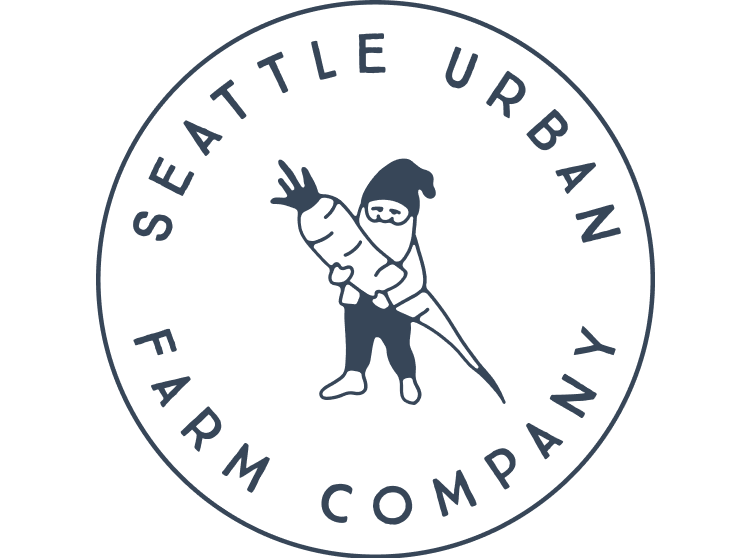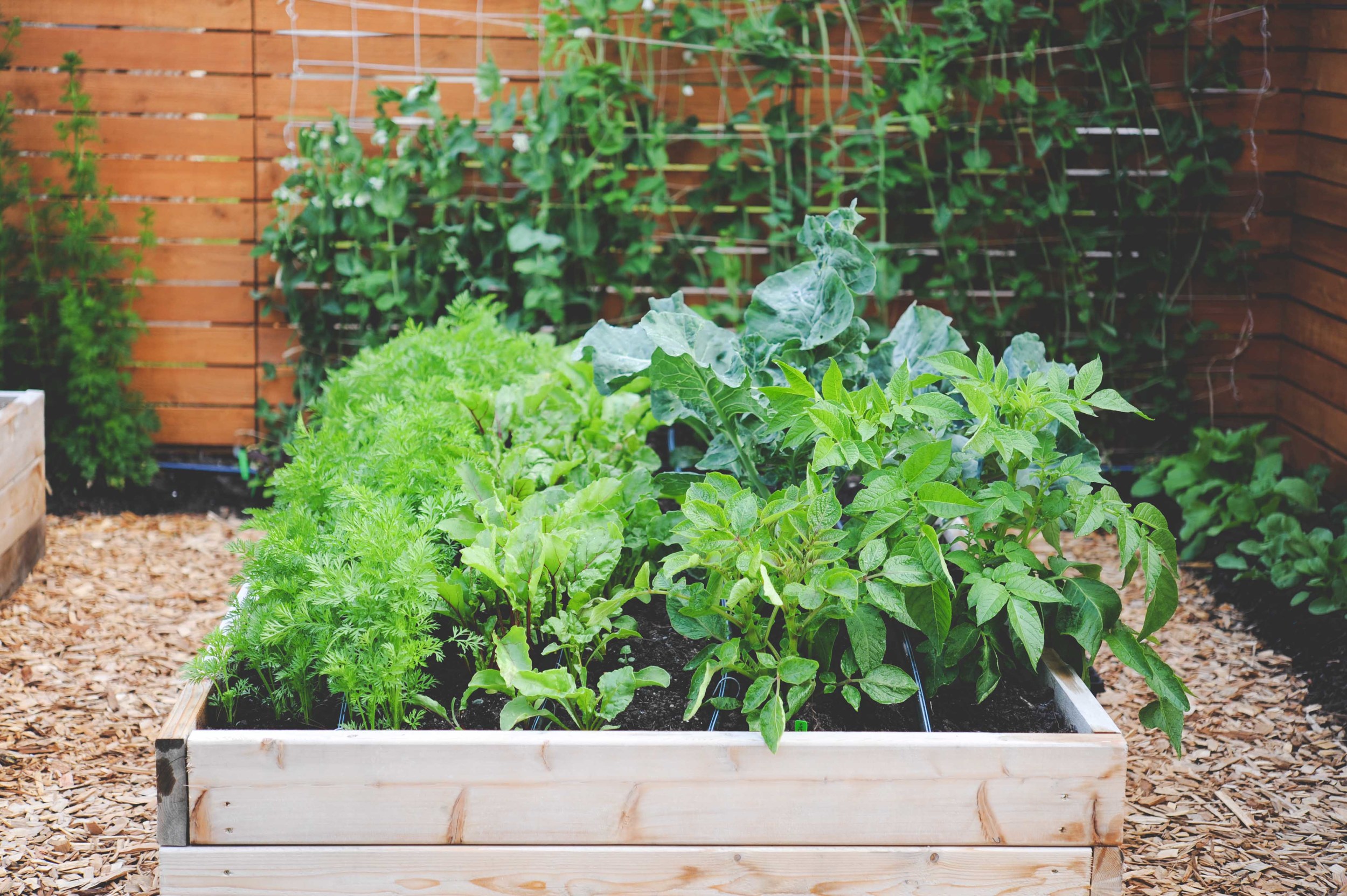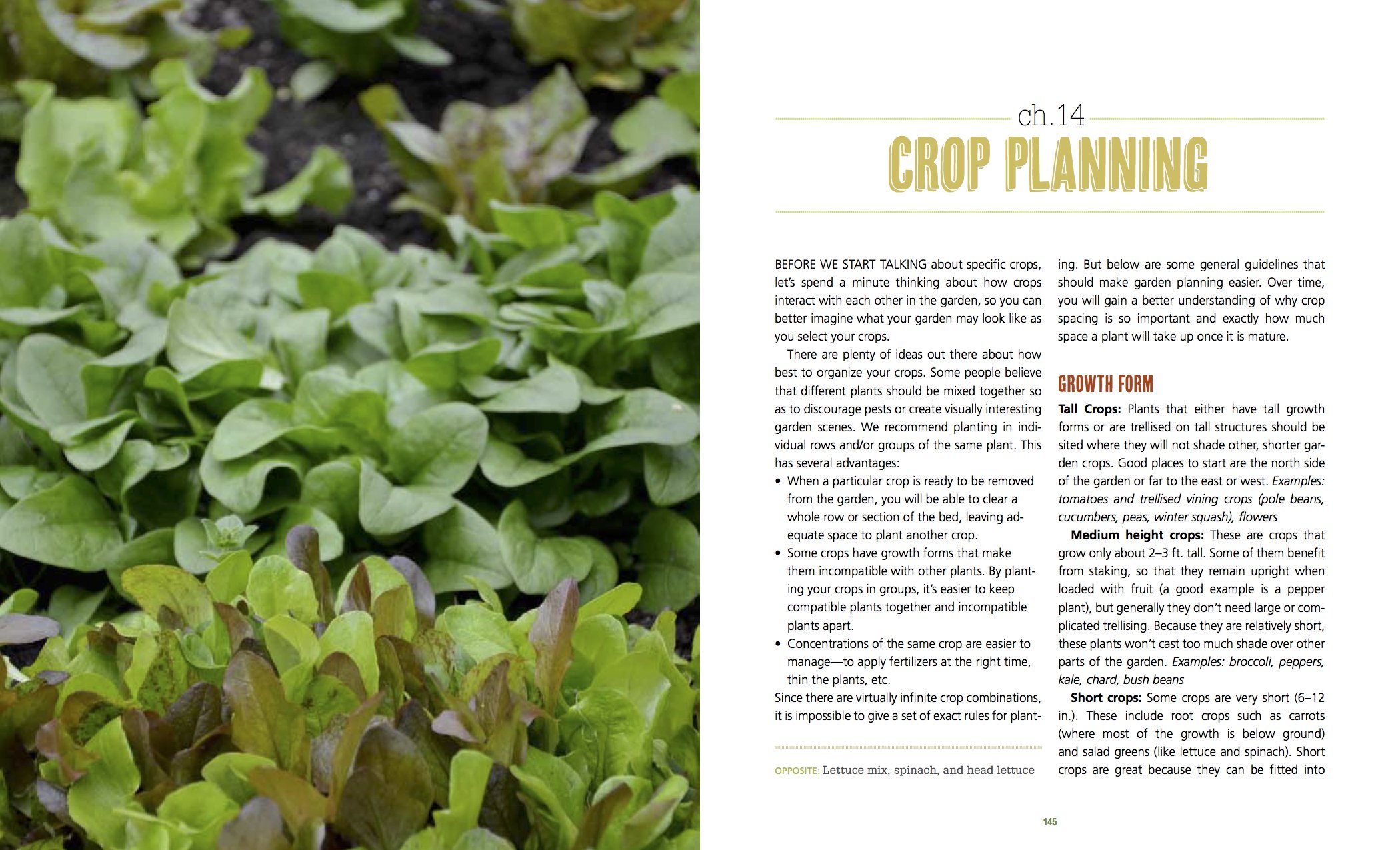TOP 5 REASONS TO MAKE A PLANTING CALENDAR:
Secure a steady, consistent supply of produce from your garden throughout the year
Grow the exact quantities you want and minimize food waste
Early planning makes the planting season easy
Avoid missing narrow planting windows
Improve yields from year to year
A planting calendar is just what it sounds like: something you can look at each week to determine how much of each crop to plant. Whether you're planning grow enough peppers to pickle for the winter or want to have a supply of arugula in the garden for fresh salads all summer long, a calendar is there to help you make the most out of your garden space!
The actual calendar can take many forms. The following are three general formats you might use to build your calendar:
Print Calendar/ Online Calendar: These are great because you can quickly see what’s coming up next week or next month. Online calendars are helpful because you can make one entry and set it to repeat for succession plantings. Google, Yahoo, Microsoft, and other online email services provide digital calendars to their users. Although these calendars are easy to use, they may not have a lot of extra space for taking notes or keeping track of other details.
Spreadsheet Calendar: You can make your own calendar in the form of a spreadsheet, which will allow you to keep track of many different types of information. You can do this by hand if you like, but a computer-generated spreadsheet program (such as Microsoft Excel or Google Sheets) is much more efficient. We generate planting calendars this way for every growing space, ranging from 200-square-foot backyard gardens to 20-acre production farms, and it works great.
Cloud-Based Farm Record Keeping: You can create a planting calendar using online software that is specifically designed for farms, such as AgSquared or Cog Pro. These programs allow for very advanced and detailed record-keeping, and are suitable for managing organic certification records and/or running a professional production farm. They can work well for intensive home growers too. A yearly fee is charged for these programs.
Key Concepts
You may already have a good idea of which crops you want to grow, or you may be exploring way to expand your planting palette. Regardless, know more about the life span and growth cycle of your crops will help you make decisions about what to plant, when to plant it, and how much of it to plant. The follow are a few key concepts to keep in mind when planning your garden.
Annual Plants | A crop that is planted and harvested during the course of a single growing season
Days to Maturity | The number of days it takes until your crop is ready to harvest after transplanting or direct seeding
Short Season Crops | Crops that generally mature in 20-60 days so they can be planted many times during the season (think salad greens, spinach, radishes)
Half Season Crops | Crops that typically take roughly half of a growing season, or 50-80 days, to reach point of harvest (think broccoli, summer squash, carrots)
Long Season Crops | Crops that take most of a typical growing to season, or more than 70 days, to reach point of harvest (think Brussels sprouts, winter squash, peppers)
Succession Planting | Seeding or transplanting small quantities of short season crops on a regular basis. This practice is the key to a consistent and productive garden.
Season Length | The number of days that make up the growing season where you live. Use your first and last frost dates, your USDA Hardiness Zone, and local knowledge from other experienced gardeners.
Annual Short Season Crop
Annual Half Season Crop
Annual Long Season Crop
Succession Planting Carrots
Making the Calendar
Step #1: Figure out how much to plant
Determine how much produce you buy at the store each week
Take the number of pounds you need of each crop per year (A) and divide by the crop’s yield per row foot (B) = how many row feet to plant (C) (add 20% to allow for problems) A / B = C ( x 1.2 ).
Get yield information from our book (High Yield Vegetable Gardening), our website, online research, and your own garden records
So, for example, you would like to grow 1 pound of lettuce mix per week: 1 pound / 0.5 pounds per row foot = 2 row feet + 20%= 2.4 row feet. I would plant 2.5 to 3 feet per week.
Step #2: Figure out how often to plant
Plant short season crops frequently (every 1-3 weeks)
Plant half season crops 2 to 4 times a year
Plant long season crops 1 to 3 times a year
Step #3: Figure out when your first and last plantings should happen
Use your first and last frost dates and crop recommendations (example: plant tomatoes 2 weeks after your last frost)
Even better: ask experienced gardeners in your climate what their planting dates are (in Seattle, we plant our tomatoes during the 2nd and 3rd weeks of May)
What to write on the Calendar
At a bare minimum, you’ll want to note each crop you intend to plant, how much you need to plant, and the week or date that you’ll be actually doing the planting. This might be tracked in the number of row feet for direct seeded crops, or in the number of plants when transplanting. You’ll also need a blank space to note the date that you actually do the planting (in case it’s not the same date you originally planned), and how many row feet you actually seed or actual number of transplants you set out. Here are a few other items that are useful to note:
crop variety
exact location in the garden
weather conditions
fertilization application quantities and dates
Don't forget to experiment!
Many variables can affect planting dates for outdoor crops (primarily your local climate and microclimate). For example, in the Pacific Northwest, it is possible to harvest broccoli side shoots from the field all winter because of the mild weather. But in order to do this, the plant must have reached maturity by mid-September. This means that the planting date for this crop is extremely important (in many regions, the same broccoli would be killed at the onset of winter).















